Findings from one of the first published case series

In a recent study published in the American Journal of Clinical Pathology, lung pathologists from Cleveland Clinic report the microscopic findings in lung biopsies from eight patients who developed severe pulmonary illness associated with vaping. This is one of the first case series in the world to examine lung biopsies from patients with vaping-associated lung illness and is the first study on vaping published in a pathology journal.
Advertisement
Cleveland Clinic is a non-profit academic medical center. Advertising on our site helps support our mission. We do not endorse non-Cleveland Clinic products or services. Policy
The authors found histologic evidence of acute lung injury in the form of organizing pneumonia and diffuse alveolar damage. In contrast to early clinical reports based on bronchoalveolar lavage findings, there was no evidence of exogenous lipoid pneumonia.
Sanjay Mukhopadhyay, MD (@smlungpathguy), Director of Pulmonary Pathology at Cleveland Clinic, was first author of the study, which includes co-authors from Cleveland Clinic’s Respiratory Institute, Vanderbilt University Medical Center and other institutions. Dr. Mukhopadhyay notes, “Given the current theory that a lipid or oily substance causes lung damage in patients who vape, we were surprised to find that classic features of exogenous lipoid pneumonia were absent in these biopsies.
Since lung biopsy findings in vaping-associated pulmonary illness had not been reported at the time we made these observations, we decided that it was important to document these findings given the immense public health importance of this issue.”
All patients biopsied had used vaping products with THC and some had vaped nicotine. Dr. Mukhopadhyay discusses the cases in the video below:
Advertisement
Advertisement

Screen patients seeking care for chlamydia, gonorrhea
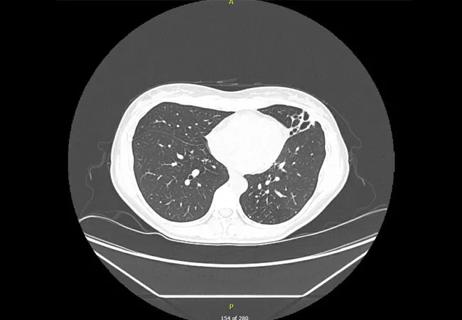
Lingulectomy removes infection when antibiotics fail

Researchers have developed immunoprofiles for an emerging disease with a mortality rate as high as 27%

Don't discount this crucial step
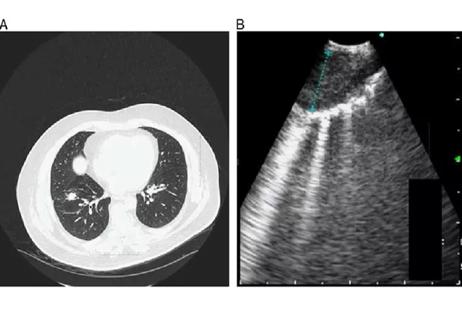
EBUS-TBNA found safe and effective
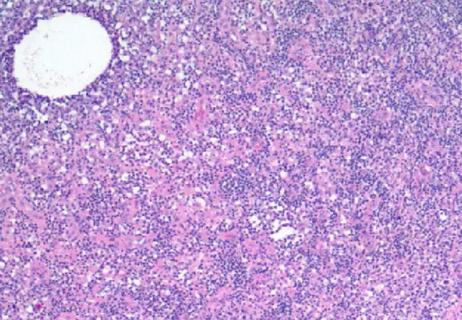
How to spot the rare infection
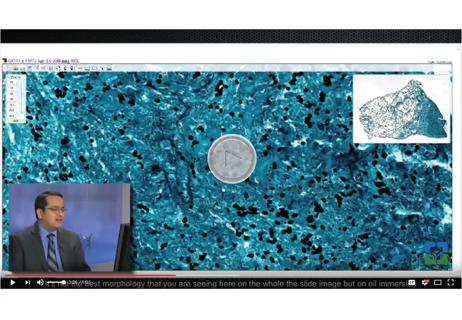
Not all lung nodules are malignant
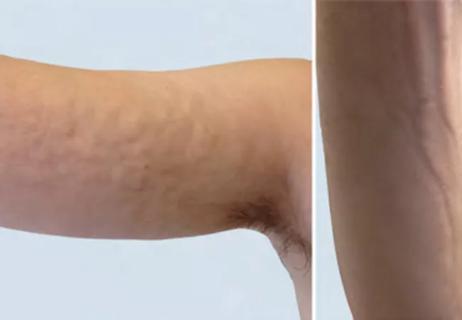
An uncommon condition in a 41-year-old man